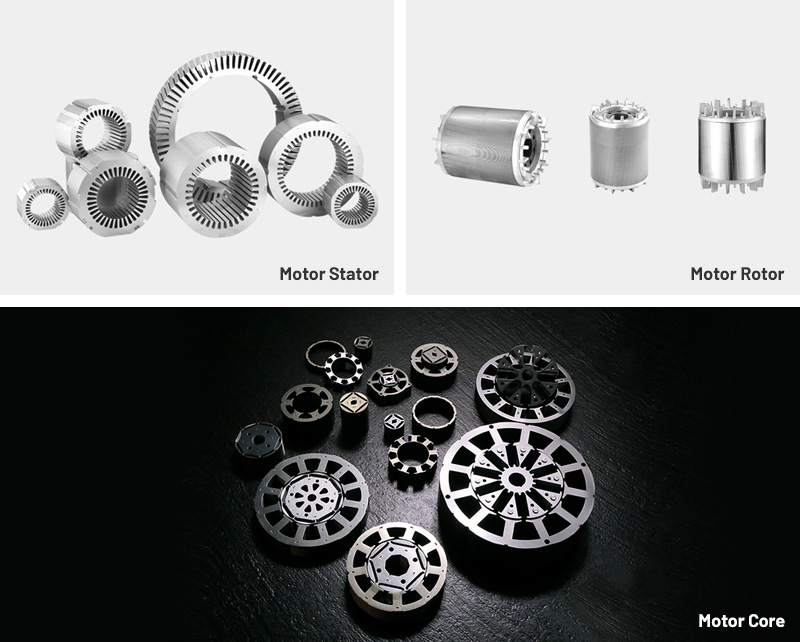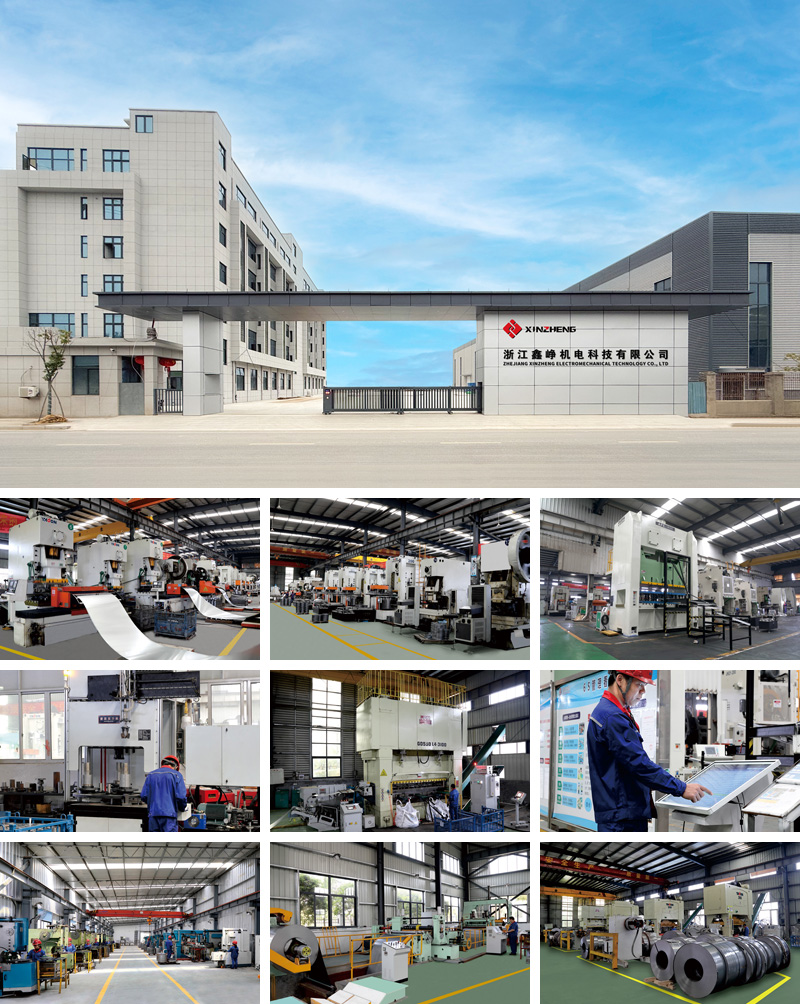Electric fans are ubiquitous in industrial, commercial, and residential applications, powering HVAC systems, household appliances, and industrial cooling equipment. The performance of these fans heavily relies on the efficiency and durability of their motors, particularly the stator components. Fan motor stator laminations are critical in minimizing core loss, reducing energy consumption, and improving motor reliability.
With increasing energy-efficiency regulations worldwide and rising demand for quieter, longer-lasting fan motors, manufacturers are investing in advanced lamination designs that optimize magnetic flux, reduce heat generation, and support high-speed operation. High-quality stator laminations are essential for meeting these market requirements and ensuring consistent fan performance under variable load conditions.
Stator laminations form the magnetic core of a fan motor, guiding magnetic flux generated by the rotor and enabling efficient torque production. Several core principles underpin their design:
Accurate lamination geometry ensures uniform magnetic flux distribution, preventing localized saturation and improving torque stability. Optimized flux paths reduce losses, enhance efficiency, and allow for quieter motor operation.
Eddy currents produce heat and energy loss. Laminations are thin, insulated sheets of electrical steel that limit these currents. Reducing eddy currents is particularly important in small and high-speed fan motors, where thermal stress can affect longevity and performance.
Fan motors often operate continuously in varying environmental conditions. Stator laminations must withstand thermal expansion, maintain structural integrity, and support stable rotor interaction. Precise stacking and bonding minimize vibration, extend motor lifespan, and reduce noise.
Fan motor stator laminations are typically made from non-oriented electrical steel, chosen for:
Low core loss and high magnetic permeability
Adequate electrical resistivity to reduce eddy currents
Mechanical strength to withstand centrifugal forces and thermal stress
Lamination thickness usually ranges from 0.20 mm to 0.35 mm, depending on motor size and power rating.
Slot geometry affects coil placement, magnetic flux, and heat dissipation. Proper slot design ensures:
Uniform winding distribution
Optimized magnetic flux and torque output
Reduced acoustic noise and vibration
Precision stamping produces laminations with tight tolerances. Key considerations include:
Minimal burrs to prevent insulation damage
Accurate tooth width and slot depth for consistent flux distribution
Straight edges for uniform stacking
Laminations are assembled through interlocking, welding, or adhesive bonding. Accurate stacking ensures:
Mechanical rigidity
Reduced torque ripple and vibration
Consistent rotor-stator interaction
Protective coatings prevent interlaminar shorts and enhance thermal performance. Common options include:
Inorganic films
Hybrid organic–inorganic coatings
Uniform coating thickness ensures reliable insulation, low core loss, and extended operational life.
Several factors influence fan motor stator lamination performance:
Steel Grade Consistency – Variations in composition can increase core loss.
Dimensional Accuracy – Deviations affect flux uniformity and motor balance.
Insulation Integrity – Poor coating adhesion increases eddy currents and thermal stress.
Stacking Precision – Uneven stacks can cause vibration and acoustic noise.
Tooling Maintenance – Worn dies reduce stamping quality and introduce burrs.
Reliable suppliers ensure consistent lamination quality:
Material Traceability: Certification of steel grade and magnetic properties
Precision Tooling Capability: High-volume, high-accuracy production
Quality Control Systems: Core loss testing, dimensional verification, coating inspection
Production Consistency: Stable output for continuous motor manufacturing
Standards Compliance: IEC and ISO adherence for electrical steel and laminations
A well-managed supply chain reduces production variability, enhances efficiency, and ensures fan motors meet industry standards.
Despite advanced manufacturing, challenges remain:
Material Cost Fluctuations: Electrical steel prices can impact production budgets
Die Wear and Burr Formation: Leads to dimensional inaccuracies and potential insulation damage
Thermal Stress: Continuous operation may degrade insulation or magnetic properties
Rotor Imbalance: Misaligned laminations increase vibration and noise
Efficiency Requirements: High-efficiency fan motors leave minimal margin for production error
Fan motor stator laminations are applied in:
Residential Fans: Household cooling devices, air purifiers, and small appliances
Industrial Fans: HVAC systems, cooling towers, and manufacturing facility ventilation
Commercial Equipment: Air handling units, data center cooling fans
Automotive: Auxiliary cooling fans in vehicles and electric pumps
In these applications, laminations contribute to reduced energy consumption, stable torque, and quieter operation, improving both performance and user satisfaction.
New steel grades with lower hysteresis and eddy-current losses improve motor efficiency in compact fan designs.
Hybrid coatings enhance insulation, thermal tolerance, and long-term reliability.
Laser cutting provides tight tolerances and reduces mechanical stress, beneficial for prototyping or complex lamination designs.
Automated stacking and real-time inspection ensure consistency, reduce defects, and support high-volume production.
Recycling of electrical steel, minimizing scrap, and adopting eco-friendly coatings are becoming industry standards in fan motor manufacturing.
Q1: What differentiates fan motor stator laminations from general motor laminations?
They are optimized for compact fan motors, emphasizing low core loss, quiet operation, and stable torque in limited space.
Q2: What is the typical lamination thickness?
Commonly 0.20 mm to 0.35 mm, depending on motor size and efficiency requirements.
Q3: How critical is insulation coating?
Proper coatings reduce eddy currents, improve thermal performance, and extend motor life.
Q4: Can fan motor stator laminations handle continuous operation?
Yes, high-quality laminations maintain mechanical and thermal stability during prolonged use.
Product Category

Comprehensive Strength


Copyright © Zhejiang Xinzheng Electromechanical Technology Co., Ltd. All Rights Reserved.
This website uses cookies to ensure you get the best experience on our website.